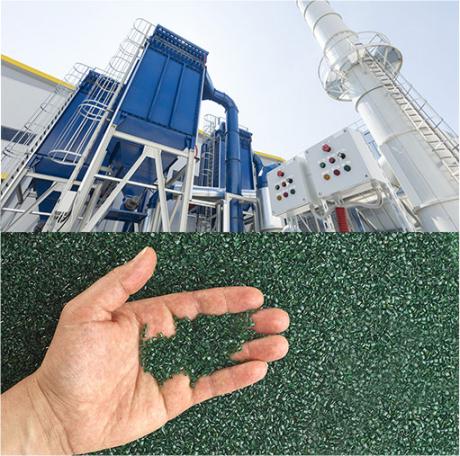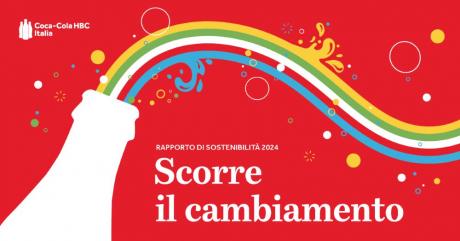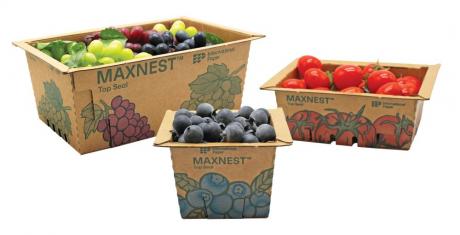According to Comieco's 29th Annual Report on the Separate Collection and Recycling of Paper and Cardboard in Italy, published recently, in 2023 the separate collection of paper and cardboard in Italy increased by almost 3% compared to 2022, reaching a record level of over 3.7 million tons. A trend that is also positively reflected in the recycling rate of cellulose packaging, which reached 92.3%, well ahead of the EU 2030 targets (85%).
The data underline the solidity of the collection and recycling system: a "beehive" made up of local authorities, environmental service managers, the paper and cardboard recycling chain and citizens, whose commitment has resulted in an average of 64 kg per inhabitant, an unprecedented result. This is also a record result for the South, which achieved an average of 50 kg per inhabitant.
From north to south: the map of differentiated collection of paper and cardboard
In the "Tour of Italy" of differentiated waste collection, the pink jersey for the north goes to Emilia Romagna with over 93 kg per inhabitant, for the centre to Tuscany with almost 90 kg per inhabitant and for the south to Sardinia with over 61 kg per inhabitant.
Among the large cities, Rome deserves special mention, with an increase of 3,600 tons (+1.5%), but still with an estimated collection potential of 80,000 tonnes/year, as there is ample room for improvement in the quality of household collection.
All macro-regions of the country contributed to this growth, albeit to varying degrees. The North confirms itself as the most stable basin in terms of quantity, with almost 1.9 million tons collected: +2.8% compared to 2022. This growth is driven by Veneto (+9.9%), Emilia-Romagna (+2.7%) and Liguria (+8.1%), which compensate for the stability of the other regions and the negative, albeit negligible, closures of Valle d'Aosta (-0.7%) and Trentino-Alto Adige (-0.2%).
The central area grew by 1.5% with a total collection of 871,000 tons, to which Lazio (+2.7%), Tuscany (+1.5%) and Umbria (+0.9%) contributed, while Marche continued the negative trend of the last two years (-2.2%).
Positive figures were also recorded in the South, which collected more than 983,000 tons with an increase of 4.5%. Abruzzo was the only region to lose ground compared to 2022 (-1.3%), while all the others improved their performance: Campania +4.5%, Molise +7.6%, Apulia +2.3%. Sicily alone accounts for more than half of the increase in volume in the south, with +9.9% compared with the previous year (the best performance in Italy, together with Veneto). Sardinia is also growing (+3.2%), which also confirms the best per capita performance of the macro area









